Free Shipping On All Orders Over $150.
How to Care for a 2-Month-Old Alaskan Malamute Puppy
How to Care for a 2-Month-Old Alaskan Malamute Puppy is crucial for ensuring your new furry friend grows up healthy and happy. As an owner, understanding the specific needs of this majestic breed, known for their strength and friendly disposition, can make all the difference in their development. With the right approach to care, training, and nutrition, you can help your Alaskan Malamute thrive.
A Glimpse into the Alaskan Malamute Breed

The Alaskan Malamute, a stunning breed with a captivating history, is often recognized by its powerful build and double coat that protects it from harsh Arctic climates. These dogs were primarily bred for their strength and endurance, used as sled dogs in snow-covered environments. Their lineage shares a connection with the Siberian Husky, and they are commonly referred to as one of the oldest Arctic sled dog breeds.
Alaskan Malamutes are not just strong; they are also affectionate and loyal companions. They possess an amiable nature, making them suitable for families and individuals alike. However, their size and energy levels require dedicated training and socialization from a young age, especially during their puppy months. When caring for a two-month-old Malamute, it’s important to be aware of their unique requirements and challenges.
Physical Characteristics and Temperament
Alaskan Malamutes are large, sturdy dogs, typically weighing between 70 to 100 pounds when fully grown. Their thick fur coat comes in various colors, including black and white, grey and white, red and white, and sable. This breed is characterized not only by its looks but also by its friendly demeanor and intelligence.
Despite their gentle disposition, early socialization and training are essential. Puppies should be exposed to different environments, people, and other animals to develop well-rounded temperaments. Understanding their behavior and fostering a positive environment will ensure they grow into well-adjusted adults.
Importance of Socialization and Training
Socialization in a puppy's early life cannot be overstated. Introducing your Alaskan Malamute to new experiences helps prevent behavioral issues down the line. Training should start at home, employing positive reinforcement techniques to encourage good behavior. Teaching commands and basic obedience early will create a strong bond between you and your pup, laying the foundation for successful lifelong companionship.
Ensure Proper Source Verification Before Purchasing Your Alaskan Malamute Puppy

When bringing an Alaskan Malamute puppy into your home, it’s vital to verify its origins. The dog’s background can greatly influence its health, temperament, and overall well-being. Take the time to research breeders and understand their breeding practices. Here are some key aspects to consider:
Researching Reputable Breeders
A responsible breeder will provide documentation regarding health clearances for both the puppies and their parents. It’s crucial to ask for proof of vaccinations and any health tests conducted, particularly concerning common genetic conditions prevalent in the breed.
Visiting the breeding facility can give insight into how the puppies have been raised. Observe the cleanliness of the environment and how the breeder interacts with the dogs. A reputable breeder should prioritize health and temperament over profit.
Avoiding Puppy Mills
Puppy mills often prioritize quantity over quality, resulting in poorly bred dogs with potential health issues. Be cautious of sellers offering puppies at unusually low prices or those who do not provide sufficient information regarding the puppy's lineage. Supporting ethical breeding practices ensures healthier dogs and promotes responsible pet ownership.
Choosing the Right Puppy
When selecting a puppy, look for one that exhibits a healthy appearance: bright eyes, clean ears, and a shiny coat. Personality traits such as curiosity, playfulness, and confidence are signs of a well-adjusted puppy. Opt for puppies that display social behavior with littermates and show interest in interacting with humans.
What Is the Price Range for Alaskan Malamute Puppies?
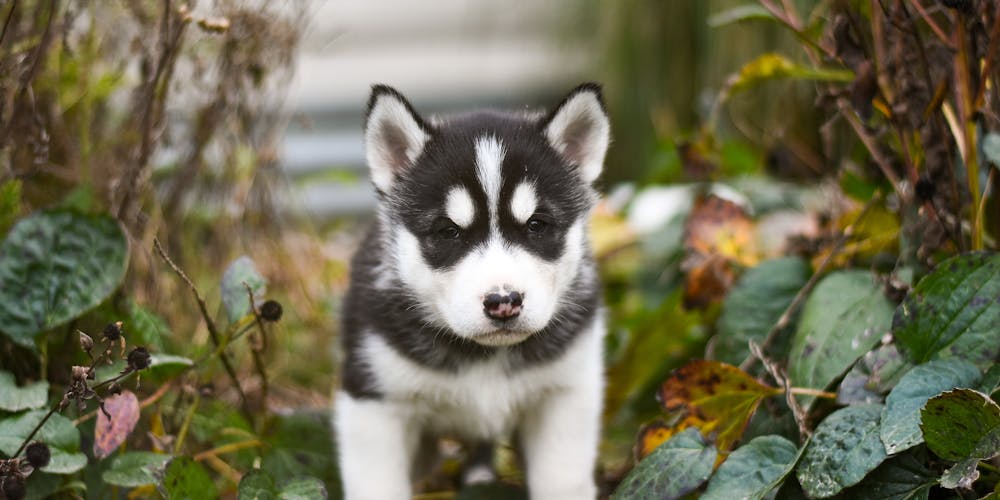
Purchasing a puppy is an investment that goes beyond the initial cost; therefore, understanding the price range for Alaskan Malamutes can guide you in making an informed decision.
Pricing Factors Influencing Alaskan Malamutes
Several factors influence the price of Alaskan Malamute puppies, including lineage, breeder reputation, location, and puppy characteristics such as size and color. In Vietnam, prices can vary significantly based on whether the puppy is locally bred or imported.
Local puppies often range around nine to thirteen million VND for Standard sizes, while Giant sizes generally start from sixteen million VND. Imported puppies, especially from reputable sources, can command higher prices due to the quality of their lineage and breeding standards.
Costs of Imported Puppies
Imported puppies come with higher costs but also offer advantageous traits such as better genetics and lineage. For example, Alaskan Malamute puppies imported from Thailand or Europe can range from twenty to thirty-five million VND or more, depending on purity and pedigree. Investing in a quality puppy can lead to healthier dogs with fewer genetic disorders.
Understanding the Market
It’s essential to remain vigilant against scams or unrealistic pricing. Puppies offered below the average market price may indicate unethical breeding practices, so always conduct thorough research and engage with trustworthy breeders.
Buying Alaskan Malamute Puppies from Domestic Breeders
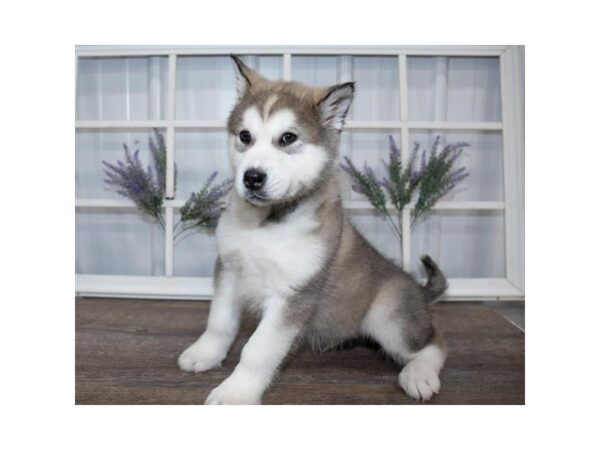
Purchasing an Alaskan Malamute puppy bred locally can be beneficial for both the dog and the owner. Being accustomed to the local climate and environment can contribute to the puppy’s adaptability and overall health.
Benefits of Local Breeding
Puppies bred in Vietnam are likely to acclimate better to the tropical climate compared to imported counterparts. Moreover, local breeders tend to have a deeper understanding of the specific needs of Malamutes in Vietnam, offering buyers tailored advice on care and maintenance.
Understanding Availability
Due to popular demand, finding a local Alaskan Malamute puppy may require patience. Most reputable breeders maintain waiting lists for quality litters. Engaging with community forums or groups focused on this breed can assist in locating reliable breeders.
Evaluating Health Standards
Be sure to inquire about the health checks and vaccination status of the puppies. Responsible breeders will adhere to veterinary recommendations and ensure their puppies receive proper healthcare before being adopted.
Considering Imported Alaskan Malamute Puppies

While local puppies present several advantages, there are unique benefits to considering imported Alaskan Malamute puppies. Understanding these factors will aid you in making an informed choice.
Advantages of Imported Bloodlines
Importing a puppy may grant access to superior bloodlines, with many imports coming from champion lines. Dogs from high-quality breeders in countries like Thailand or Europe often exhibit desirable traits in terms of temperament, conformation, and health.
Quality Documentation
Imported puppies typically come with full documentation, which includes health records and pedigree information. This transparency allows owners to understand their puppy's genetic history, contributing to informed breeding decisions in the future if you plan to breed.
Potential Challenges with Imported Puppies
While there are benefits, importing puppies may also introduce challenges such as acclimatization processes. Puppies must adjust to a new environment after long travels, which can cause stress. Proper introductions to their new home environment will ease this transition period.
Maintaining Hygiene for a 2-Month-Old Alaskan Malamute Puppy
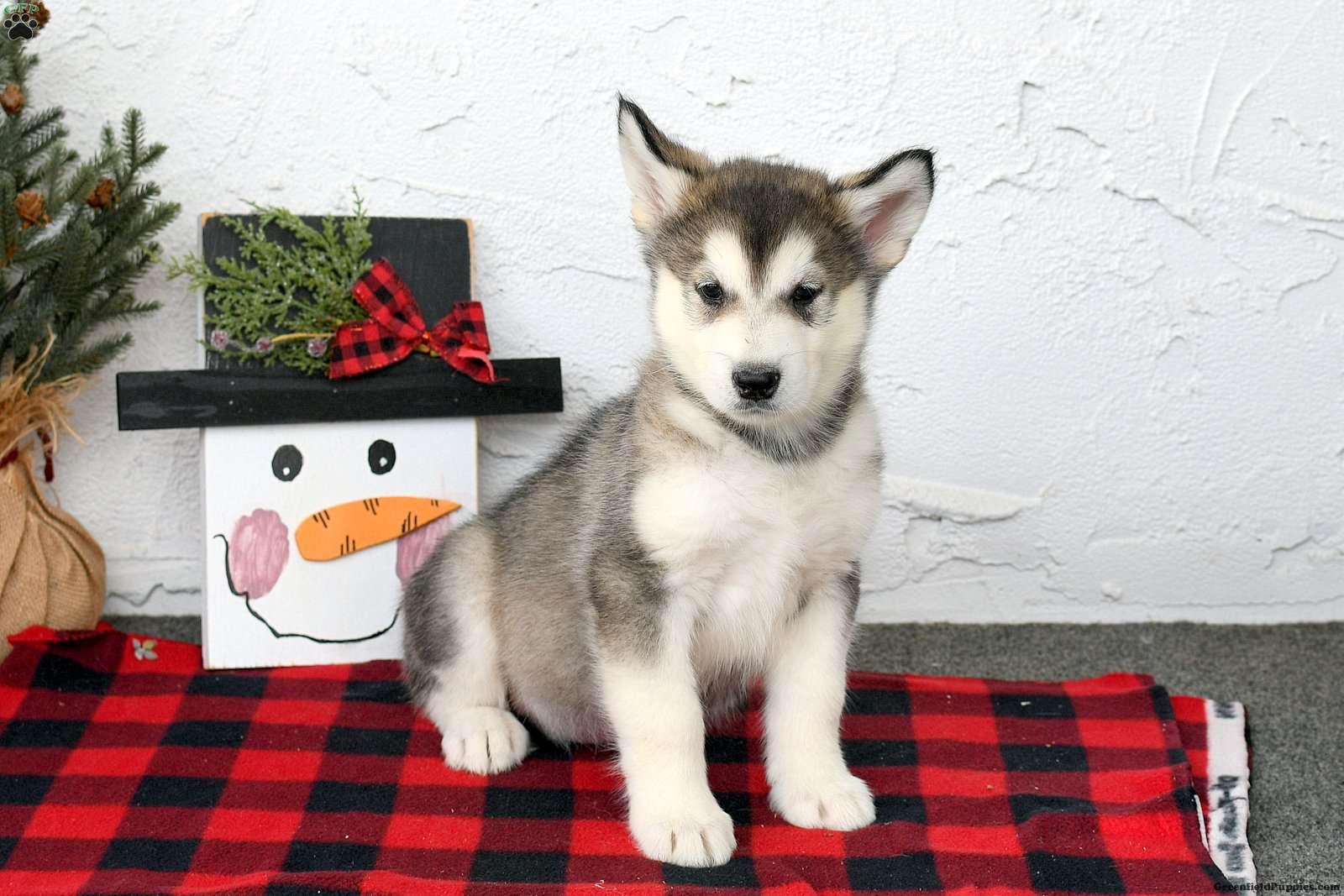
Hygiene plays a critical role in caring for your Alaskan Malamute puppy. Establishing a clean living environment can significantly impact your puppy’s health and wellness.
Daily Cleaning Routines
Create a regular cleaning schedule for your puppy’s living area. Daily cleaning of their bedding and food dishes helps minimize the risk of bacterial growth. Keeping their space tidy contributes to their overall health, reducing exposure to parasites and diseases.
Bathing and Grooming Practices
At two months old, bathing should be limited to avoid stripping natural oils from their skin. Instead, focus on brushing to remove loose fur and debris. Brushing regularly also promotes healthy coat growth and strengthens the bond between you and your puppy.
Providing a Comfortable Space
Ensure their kennel or sleeping area is comfortable and free from drafts. During colder seasons, provide warmth with blankets or pet beds to keep them cozy. This thoughtful gesture contributes to their overall comfort and security, allowing for restful sleep.
Nutrition Essentials for Your Alaskan Malamute
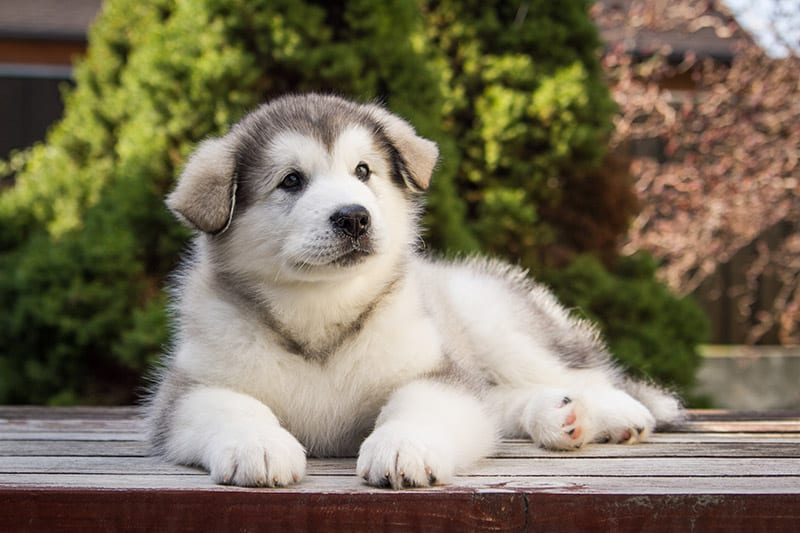
Proper nutrition forms the backbone of your Alaskan Malamute's health and well-being. Understanding their dietary needs is vital for fostering optimal growth and development.
Determining Nutritional Requirements
At two months, Alaskan Malamute puppies require a balanced diet rich in proteins, fats, vitamins, and minerals. High-quality puppy food formulated specifically for large breed puppies ensures they receive necessary nutrients during their rapid growth phase.
Types of Food to Consider
Selecting the right food involves evaluating ingredients carefully. Look for brands that emphasize meat as the primary ingredient, supplemented with whole grains and vegetables. Avoid foods filled with fillers or artificial preservatives, as these can negatively affect their health.
Transitioning Food Gradually
If transitioning from one food brand to another, it’s essential to do so gradually over seven to ten days. Mixing the new food with the old allows your puppy’s digestive system to adjust without causing gastrointestinal distress.
Establishing a Feeding Routine for Your 2-Month-Old Alaskan Malamute
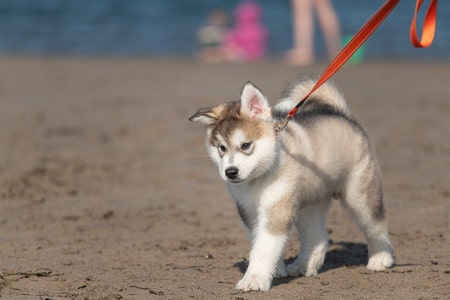
Creating a structured feeding routine fosters discipline and ensures your Alaskan Malamute receives adequate nutrition.
Meal Frequency Considerations
At two months, puppies typically benefit from four small meals throughout the day. This frequency prevents overeating and supports proper digestion. Over time, you can gradually reduce meal frequency as the puppy matures.
Monitoring Portion Sizes
Follow guidelines provided by your puppy’s food brand regarding portion sizes based on their weight. Adjust portions as they grow to prevent obesity, a condition that can lead to serious health complications in large breeds like the Alaskan Malamute.
Hydration Matters
Always provide fresh water for your puppy. Ensuring they stay hydrated is crucial, especially in warmer climates where dehydration can occur quickly. Monitor their water intake, particularly after meals and play sessions.
Caring for Your Alaskan Malamute's Coat

The Alaskan Malamute’s thick double coat requires special attention due to its susceptibility to matting and dirt accumulation. Regular grooming is essential for maintaining coat health.
Brushing Techniques
Brush your puppy’s coat regularly to remove loose fur and prevent tangles. Using a slicker brush or an undercoat rake can effectively manage shedding, especially during seasonal changes. During warmer months, frequent brushing helps reduce hair buildup in your home.
Bathing and Conditioning
While bathing too often can strip natural oils, occasional baths with dog-specific shampoo maintain cleanliness. Following up with conditioner designed for double coats can enhance shine and hydration, promoting a healthy appearance.
Recognizing Skin Issues
Keep an eye out for signs of skin problems, including excessive scratching, redness, or unusual odors. Early detection and intervention can prevent more severe issues, so consulting with a veterinarian at the first sign of skin concerns is advisable.
Conclusion

Caring for a 2-month-old Alaskan Malamute puppy involves understanding their distinct needs, from nutrition to hygiene and training. By adhering to best practices and embracing responsible ownership, you set the stage for a thriving, well-adjusted adult dog. Investing time and effort in their upbringing pays off immensely as you forge a lasting bond with your canine companion. Remember that each puppy is unique, so tailor your approach to meet their individual needs, ensuring a happy and fulfilling life together.
0 comment
Be the first to comment